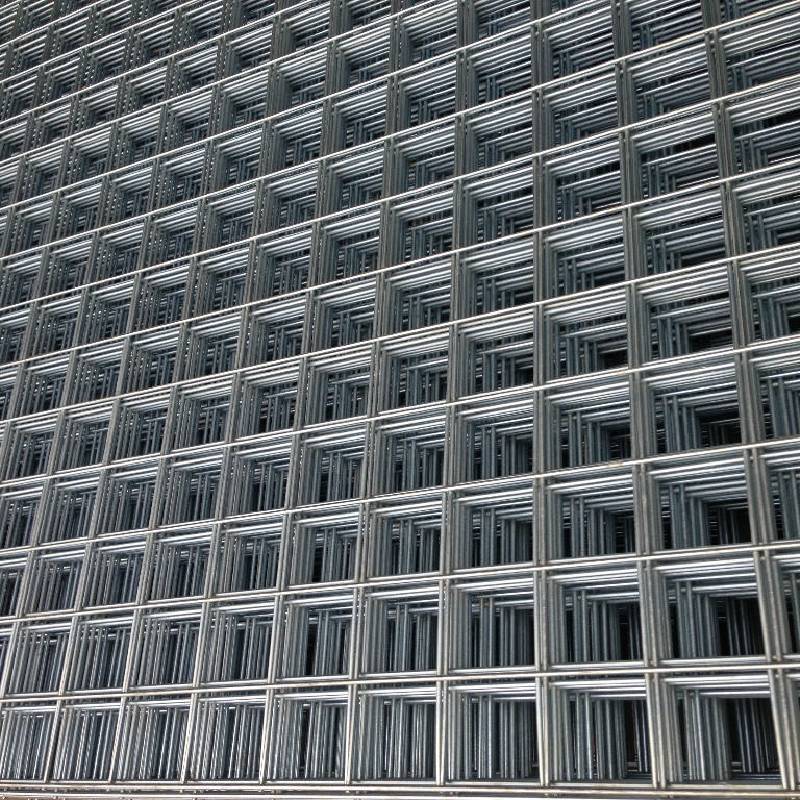
- Mobile Phone
- +8613931874955
- sales@cntcmetal.com
Exploring the Benefits of Wire Wall Ties in Construction and Structural Integrity
Exploring the Importance of Wire Wall Ties in Modern Construction
In the world of construction, ensuring structural integrity and stability is paramount. One of the essential components that contribute to this stability, particularly in masonry buildings, is wire wall ties. These seemingly simple elements play a crucial role in the overall performance and durability of structures, especially those exposed to varying environmental conditions.
Wire wall ties are typically made from high-strength steel and are designed to connect different building elements, such as brick or stone walls to a backup structure, often made of concrete or block. The ties help to create a composite structure that enhances the overall strength and resilience of the building. This article aims to delve into the multifaceted role of wire wall ties, examining their applications, benefits, and best practices in modern construction.
Applications of Wire Wall Ties
Wire wall ties are primarily used in masonry construction, where they bond two separate walls or layers. This is particularly important in cavity walls, which consist of two parallel walls with a space between them. The ties hold the outer and inner walls together, preventing any movement that could lead to cracking or structural failure. They also help to maintain the integrity of the wall against lateral forces, such as those caused by wind or seismic activity.
Moreover, wire wall ties are employed in various building types, including residential homes, commercial buildings, and historical restorations. In renovations of older structures, appropriate ties can reinforce weakened walls, helping to preserve architectural heritage while adhering to modern building standards.
Benefits of Wire Wall Ties
The benefits of incorporating wire wall ties into construction projects are numerous. Primarily, they improve the structural stability of buildings. By anchoring the outer layer to the inner supporting wall, wall ties help to distribute loads evenly across the structure, mitigating issues related to stress concentration.
wire wall ties

In addition, wire wall ties enhance the thermal performance of buildings. Cavity walls can create a significant insulating barrier, helping to regulate temperature and improve energy efficiency. The presence of wall ties ensures that this insulating layer remains intact, promoting a comfortable indoor environment.
Another crucial benefit is moisture management. In construction, it is vital to prevent water ingress that can lead to mold, decay, or structural damage. Wall ties facilitate proper drainage by allowing water that penetrates the outer wall to flow down to the cavity, preventing it from accumulating between walls.
Best Practices for Installation
To ensure that wire wall ties function effectively, adherence to best practices during installation is essential. First, it is crucial to specify the correct type of wall tie based on the materials and design requirements of the building. This choice often involves considering factors like the tie's corrosion resistance, tensile strength, and spacing.
Spacings, typically one tie for every 600mm to 900mm horizontally and vertically, should be consistent with national building standards and local code requirements. Proper alignment is also vital; ties should be installed in a manner that promotes load distribution and minimizes any potential weaknesses.
Furthermore, regular inspections and maintenance should be part of a building’s lifecycle plan. Over time, external elements can affect the performance of wall ties, so periodic evaluations can help to identify any issues early on.
Conclusion
Wire wall ties, while often overlooked, are a critical element in the construction and longevity of masonry structures. Their role in enhancing stability, thermal efficiency, and moisture management cannot be overstated. By adhering to best practices in installation and maintenance, builders and architects can ensure that these small but mighty components continue to provide the support that modern buildings need to thrive in today’s ever-changing environment.
share:
-
Why Sacrificial Formwork Is Redefining Underground ConstructionNewsJun.06,2025
-
The Structural Dynamics of Modern Concrete: How Snake Spacers Revolutionize Flexible ReinforcementNewsJun.06,2025
-
Snake Spacers Smart-Lock Concrete Reinforcement with Surgical PrecisionNewsJun.06,2025
-
Snake Spacers: Reinforcement Precision for Modern Concrete ProjectsNewsJun.06,2025
-
Snake Spacers Powering Concrete's Structural DNANewsJun.06,2025
-
Slither into Success: Snake Spacers' Precision Bite for Unbreakable ReinforcementNewsJun.06,2025
-
Sacrificial Formwork: Building Stronger, Faster, and Safer StructuresNewsJun.06,2025



















